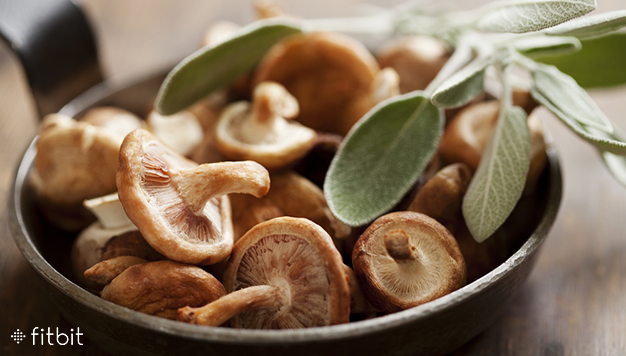
When it comes to healthy eating, there’s a lot of talk about calories. You can track the number of calories you’re consuming, you can set calorie intake goals, and you can even compare how much you’re burning to how much you’re eating. To maintain your weight, calories in should equals calories out. Seems fairly straightforward, right? It turns out, it’s not that simple. In many instances, a calorie doesn’t equal a calorie.
Studies have shown some foods are digested by the body differently than others. For example, 100 calories of almonds do not equal 100 calories of cookie. Thanks to the high fiber content in nuts, your body actually only absorbs about 3/4 of the calories they contain—the rest of those calories come back out the other end. Meanwhile, foods high in sugar, including soda and baked treats, break down more quickly in your system, causing an insulin spike and increasing your chance of storing those calories as fat.
When choosing what to eat, it’s important to read the nutrition label as well as the ingredients list to determine whether or not it’s good for you. Here are a few more tips on which calories to favor and which to avoid.
SKIP THE JUICE
Looking at 8 ounces of apple juice and one medium apple, both are around 100 calories and they likely have similar amounts of sugar. But your body doesn’t treat them the same way when they hit your stomach. Juice is absorbed very quickly, so you’re getting a lot of sugar in your system very fast—and any calories that can’t be used immediately get stored for later. The fiber in an apple, on the other hand, helps break things down more slowly, allowing your body to work through those calories more evenly.
Upgrade Your fats
Instead of adding cheese to your sandwich or salad, try avocado. A single serving of each—1 slice of cheddar cheese and 1/2 cup of avocado—clock in at about 115 calories, but those avocado slices have an advantage. Avocados are low in sugar and high in vitamins, and while they’re also high in fat, it’s a healthy type of fat that has been shown to help lower cholesterol. Meanwhile, cheese is high in saturated fat, which experts suggest should be eaten in moderation.
AVOID ADDED SUGAR
There’s a good example of how sugar adds up in the dairy aisle: compare fruit-flavored yogurt to plain Greek yogurt. Both are about 140 calories, depending on the brand, but fruit-flavored yogurts are usually much higher in sugar (check out the ingredients list!). Plain Greek yogurt will give you plenty of calcium and vitamin D, and adding fresh fruit or a teaspoon of honey will sweeten things up without packing on as much sugar.
What are your go-to food substitutions? Let us know in the comments!
This information is for educational purposes only and is not intended as a substitute for medical diagnosis or treatment. You should not use this information to diagnose or treat a health problem or condition. Always check with your doctor before changing your diet, altering your sleep habits, taking supplements, or starting a new fitness routine.
If you have questions about a Fitbit tracker, product availability, or the status of your order, contact our Support Team or search the Fitbit Community for answers.
Please note: Comments are moderated and may not appear immediately after submission.